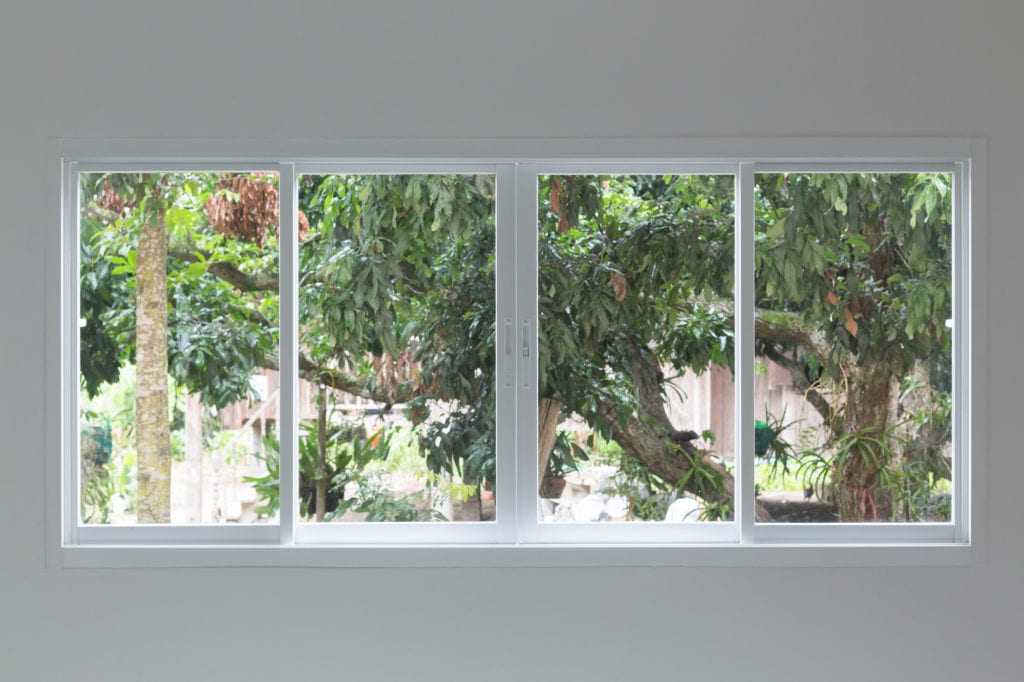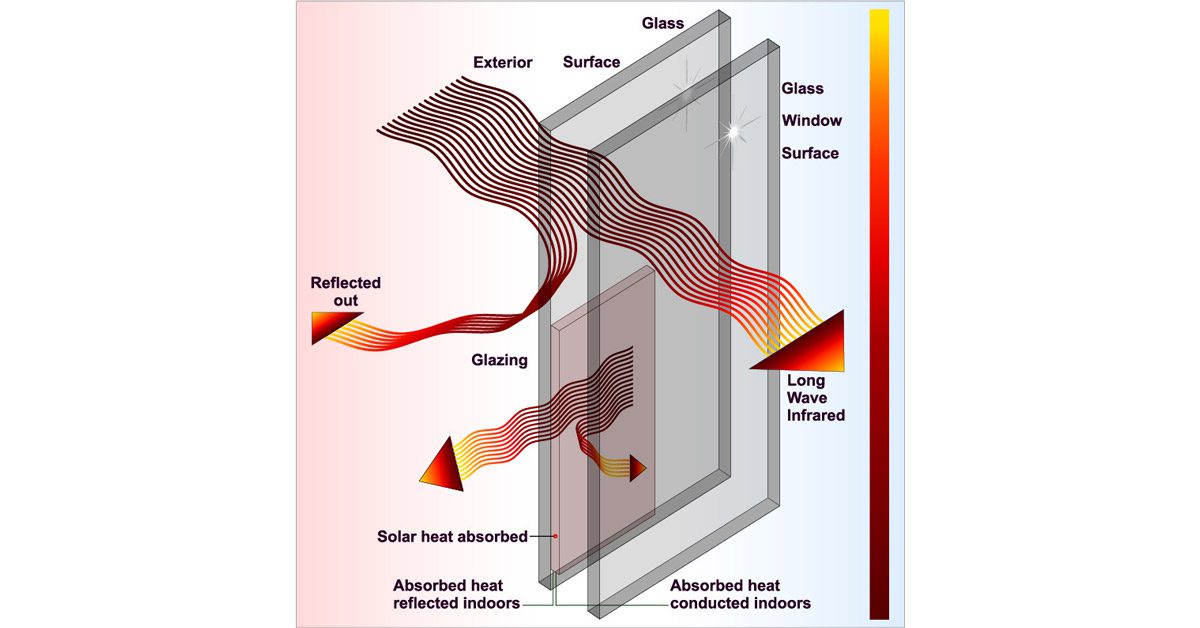All Categories
Featured
Table of Contents
Does Double Glazing Keep Heat Out in Jolimont WA
Glazing just implies the windows in your home, consisting of both openable and fixed windows, along with doors with glass and skylights. Glazing in fact simply means the glass part, but it is typically used to refer to all aspects of an assembly consisting of glass, movies, frames and furnishings. Taking note of all of these aspects will assist you to achieve effective passive style.

Energy-efficient glazing makes your home more comfy and considerably lowers your energy costs. Nevertheless, unsuitable or inadequately developed glazing can be a significant source of unwanted heat gain in summer and significant heat loss and condensation in winter. Approximately 87% of a home's heating energy can be gotten and approximately 40% lost through windows.
Glass & Glazing - Easy Windows Upvc Double & Triple ... in Bedford Western Australia
Glazing is a substantial financial investment in the quality of your home. The cost of glazing and the cost of heating and cooling your house are closely associated. An initial financial investment in energy-efficient windows, skylights and doors can significantly decrease your yearly heating and cooling expense. Energy-efficient glazing likewise minimizes the peak heating and cooling load, which can reduce the needed size of an air-conditioning system by 30%, leading to further expense savings.

This tool compares window selections to a base level aluminium window with 3mm clear glass. Comprehending some of the essential properties of glass will help you to pick the very best glazing for your house. Key residential or commercial properties of glass Source: Adapted from the Australian Window Association The amount of light that travels through the glazing is called visible light transmittance (VLT) or noticeable transmittance (VT).
Enjoy Your Summer More With Double Glazed Windows in Beeliar WA
This may lead you to change on lights, which will result in higher energy costs. Conduction is how easily a product conducts heat. This is called the U value. The U worth for windows (expressed as Uw), describes the conduction of the entire window (glass and frame together). The lower the U worth, the higher a window's resistance to heat circulation and the better its insulating value.
If your home has 70m2 of glazing with aluminium frames and clear glass with a U worth of 6. 2W/m2 C, on a winter season's night when it is 15C cooler outside compared to inside, the heat loss through the windows would be: 6. 2 15 70 = 6510W That is equivalent to the overall heat output of a big space gas heater or a 6.
Enjoy Your Summer More With Double Glazed Windows in Safety Bay Perth

If you select a window with half the U value (3. 1W/m2 C) (for instance, double glazing with an argon-filled gap and less-conductive frames), you can halve the heat loss: 3. 1 15 70 = 3255W The solar heat gain coefficient (SHGC) for windows (expressed as SHGCw) determines how easily heat from direct sunlight flows through an entire window (glass and frame together).
The lower a window's SHGC, the less solar heat it transfers to the house interior. The real SHGC for windows is impacted by the angle that solar radiation strikes the glass.
The Ultimate Guide To Double Glazed Windows in Butler WA
When the sun is perpendicular (at 90) to the glass, it has an angle of occurrence of 0 and the window will experience the optimum possible solar heat gain. The SHGC declared by glazing producers is always computed as having a 0 angle of occurrence. As the angle increases, more solar radiation is reflected, and less is transferred.
Table of Contents
Latest Posts
Energy Efficient Windows At Everest in Lakes Perth
Single Vs Double Vs Triple - Which Window Is Right For Your ... in South Fremantle Western Australia
How Are Double Glazed Windows More Energy Efficient? in Safety Bay Western Australia
More
Latest Posts
Energy Efficient Windows At Everest in Lakes Perth
Single Vs Double Vs Triple - Which Window Is Right For Your ... in South Fremantle Western Australia
How Are Double Glazed Windows More Energy Efficient? in Safety Bay Western Australia